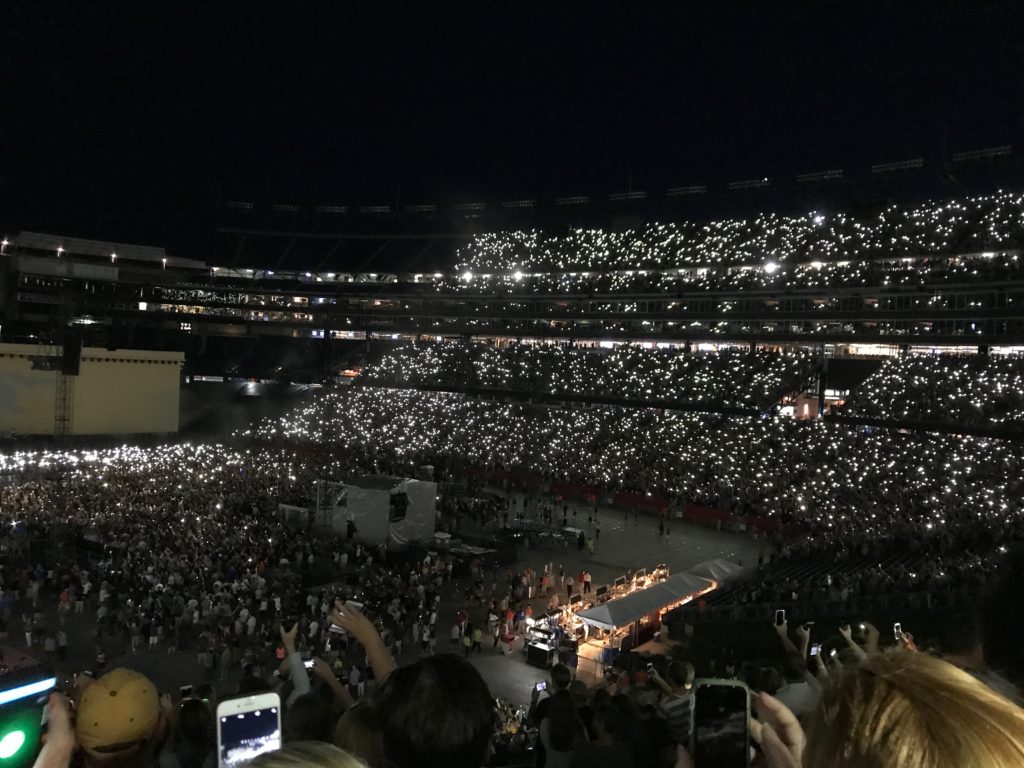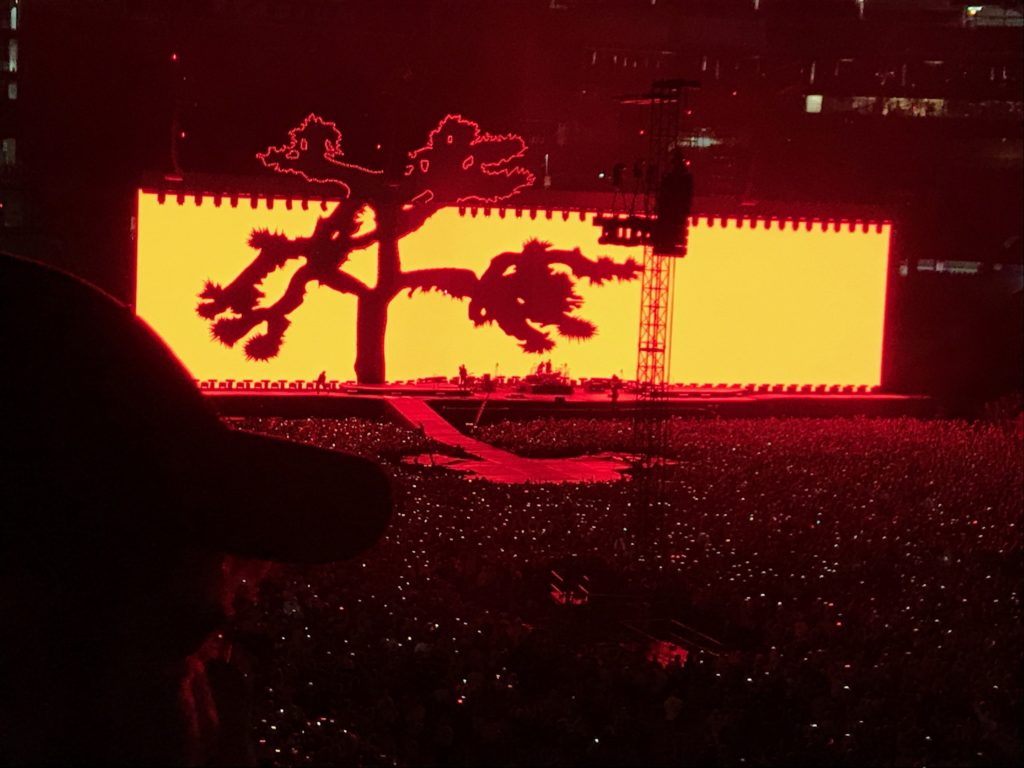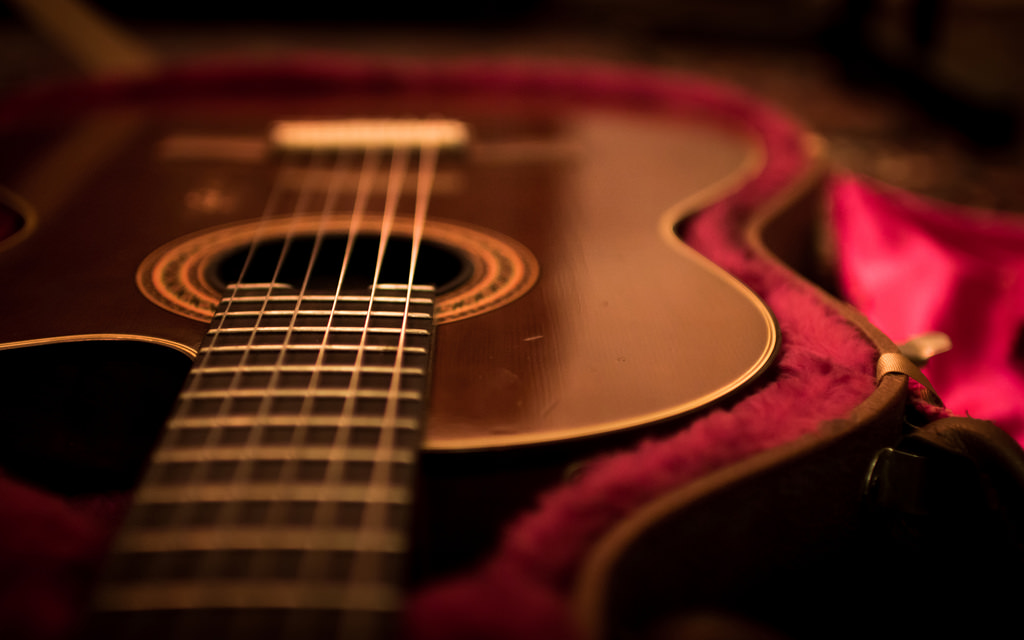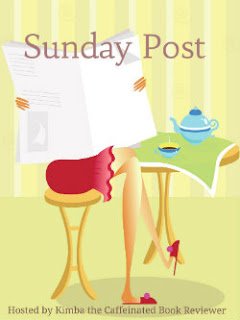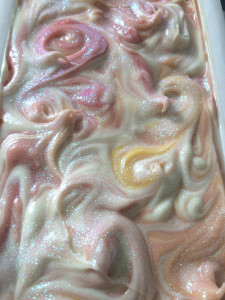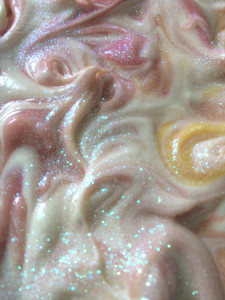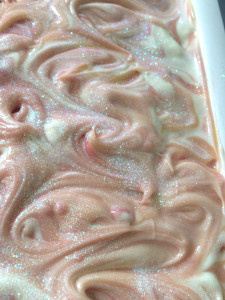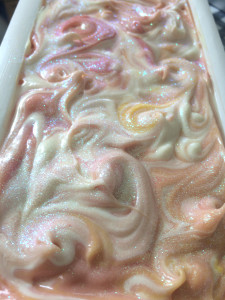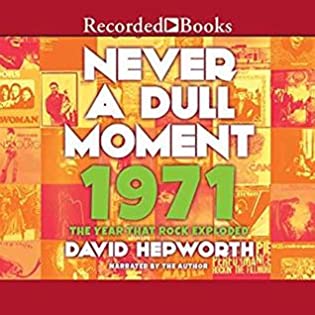 Never a Dull Moment: 1971—The Year That Rock Exploded by David Hepworth
Never a Dull Moment: 1971—The Year That Rock Exploded by David Hepworth Published by Recorded Books on June 9, 2016
Genres: History, Nonfiction
Length: 11 hours 39 minutes
Format: Audio, Audiobook
Source: Library
Buy on Amazon, Buy on Bookshop
This post contains affiliate links you can use to purchase the book. If you buy the book using that link, I will receive a small commission from the sale.
Goodreads
A rollicking look at 1971—the busiest, most innovative, and resonant year of the 70s, defined by the musical arrival of such stars as David Bowie, Pink Floyd, Led Zeppelin, and Joni Mitchell
On New Year's Eve, 1970, Paul McCartney told his lawyers to issue the writ at the High Court in London, effectively ending The Beatles. You might say this was the last day of the pop era. The following day, which was a Friday, was 1971. You might say this was the first day of the rock era. And within the remaining 364 days of this monumental year, the world would hear Don McLean's "American Pie," The Rolling Stones' "Brown Sugar," The Who's "Baba O'Riley," Zeppelin's "Stairway to Heaven," Rod Stewart's "Maggie May," Marvin Gaye's "What's Going On," and more.
David Hepworth, an ardent music fan and well-regarded critic, was twenty-one in '71, the same age as many of the legendary artists who arrived on the scene. Taking us on a tour of the major moments, the events, and songs of this remarkable year, he shows how musicians came together to form the perfect storm of rock and roll greatness, starting a musical era that would last longer than anyone predicted. Those who joined bands to escape things that lasted found themselves in a new age, its colossal start being part of the genre's staying power.
Never a Dull Moment is more than a love song to the music of 1971. It's also an homage to the things that inspired art and artists alike. From Soul Train to The Godfather, hot pants to table tennis, Hepworth explores both the music and its landscapes, culminating in an epic story of rock and roll's best year.
I wanted to read this book for a long time for many reasons, chief of which is that 1971 is the year I was born but also because I knew it was such a great year for music. Hepworth’s thesis is that 1971 was the greatest year for rock music, and given the evidence he provides, he makes a fairly strong case. I don’t necessarily agree with all of his arguments, but I think he makes a great case, and he clearly has done his research. I was impressed by the breadth of music Hepworth covered, too; I think many rock writers tend to be kind of niche. The book was entertaining, and each chapter ends with a playlist (my version is embedded below). On the other hand, reviews I’ve read critique the author because he picked the year he turned 20, and most of us wax nostalgic for the music we heard when we came of age, no matter how good or bad it was. I think there is also something to this argument. Hepworth reasons that 1971 was the year rock turned 17, so it arguably was also coming of age that year.
One of the more fun arguments Hepworth makes is that if you put together the biggest solo songs by each of the four Beatles, you’d have one of the best Beatles albums ever made: George Harrison’s “My Sweet Lord” and “Isn’t it a Pity?,” John Lennon’s “Jealous Guy” and “Imagine,” Paul McCartney’s “Another Day,” “The Back Seat of My Car,” and “Uncle Albert/Admiral Halsey,” and Ringo Starr’s “It Don’t Come Easy.” Another Spotify user put together an imagined album, and I have to admit it’s compelling:
I listened to the audiobook, and this is one I’d recommend reading in print. You might spend less time looking up things later on. I found it challenging to look up all the songs for the playlist. There was one song I couldn’t find on Spotify, so it doesn’t appear in the playlist below, but I honestly can’t remember what the song was anymore (I’d never heard of it before, and it went right out of my head). If I have another quibble, I’d argue Hepworth devotes a lot of space in the playlist to songs that really haven’t stood the test of time and are not in the same league as the more well-known songs on the list. Of course, that’s just my opinion, and I’m also speaking from the vantage point of someone who doesn’t remember the songs when they came out. Ask me about the late 1980s and early 1990s, and I might have a playlist with as many idiosyncracies as Hepworth’s. He had “Anticipation” by Carly Simon on the list twice, too (eh, I just left it like that). I was a bit surprised by Hepworth’s selection for the best song on the best album of the year. I don’t exactly think he’s out of the left-field with the choice. It makes a ton of sense. I might have argued for another song released, ironically enough, the same month—November. I don’t know if it’s spoiler-y of me to share the song title, but if you want to know it, let me know. Both the song he argued for the one I argued for are in the playlist below. One final point: near the end of the book, Hepworth argues that rock’s future was embodied in Elvis Presley’s career turn that year: becoming a nostalgia act and playing his hits for Vegas crowds rather than making new music. He argues that most rock acts end up that way—playing their earlier songs as their creative output diminishes. It’s a bit hard to argue with as there are few rock bands I can think of who are making music as compelling as the music they made when they were young. I have to say that part of the book made me feel a bit sad. In all, I would recommend this book for anyone who likes classic rock and wants to zoom in on a particularly significant year.
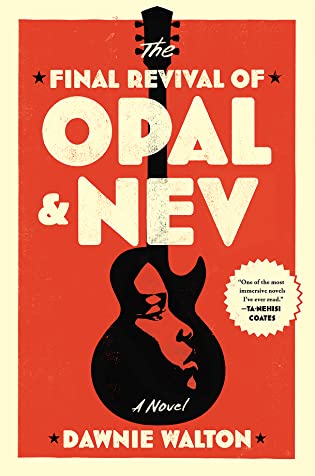 The Final Revival of Opal & Nev by
The Final Revival of Opal & Nev by 
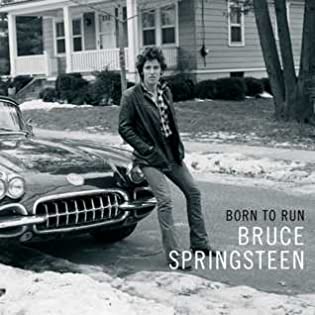 Born to Run by
Born to Run by 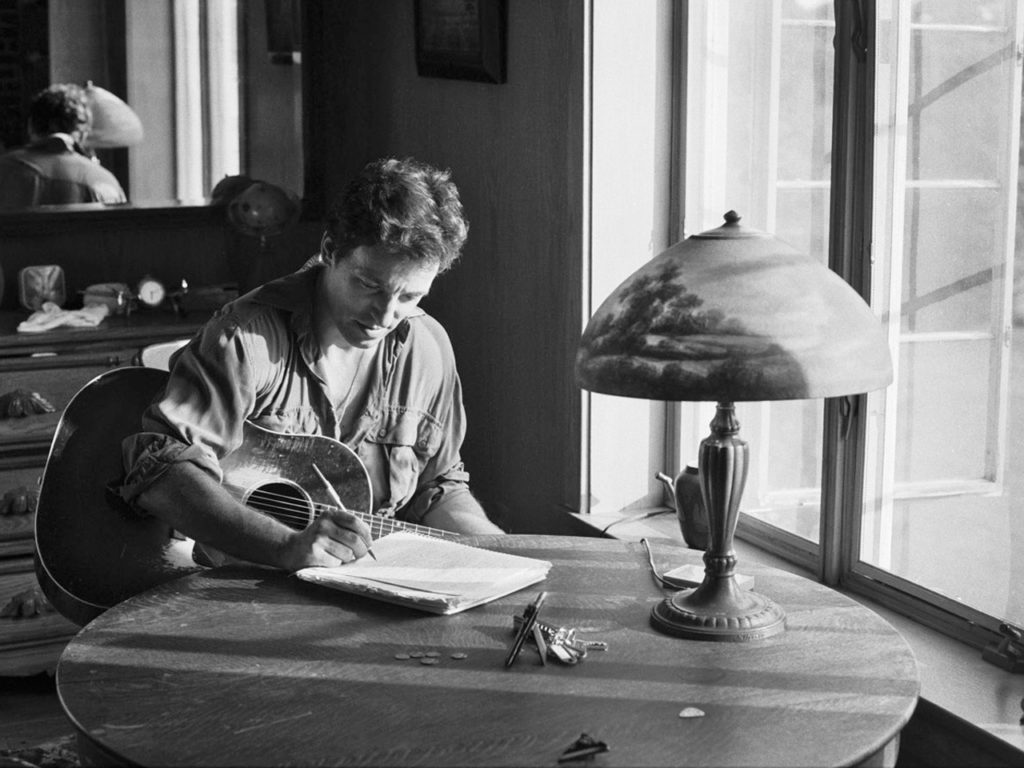
 Petty: The Biography by
Petty: The Biography by 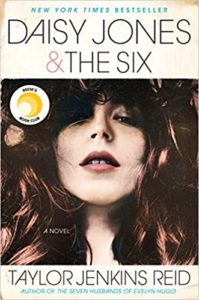 Daisy Jones & The Six by
Daisy Jones & The Six by 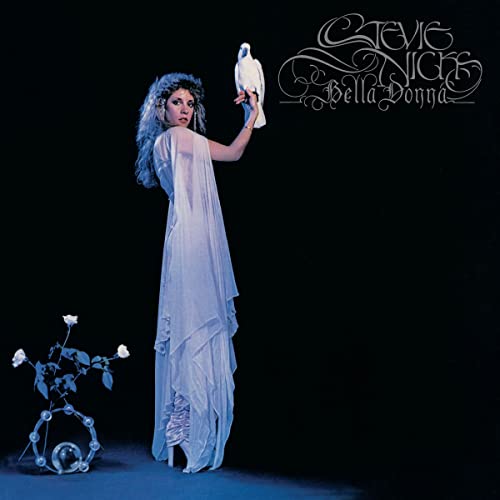
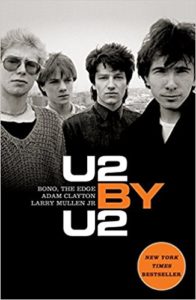 U2 by U2 by
U2 by U2 by 